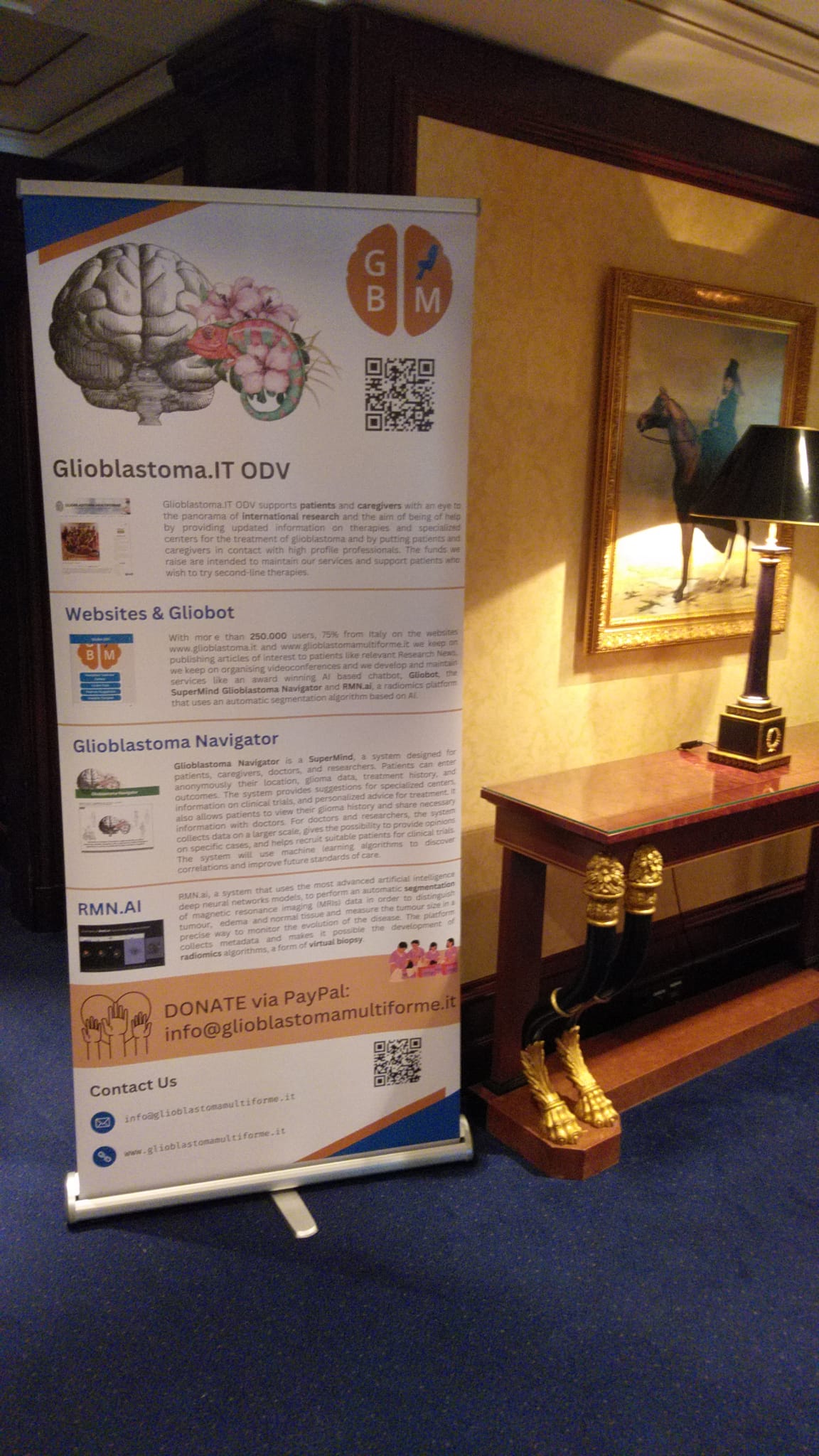The 5th Edition of the International Brain Tumour Alliance Summit
Two weeks have now passed since the summit at the end of June to which Glioblastoma.IT ODV was invited to participate and I am now able to draw some conclusions and make some considerations. The summit, which took place in the splendid setting of Vienna in Austria, saw the participation of over one hundred delegates from over 50 different countries. The stated goal is to connect the global community in the fight against brain tumors, build progress and hope.
After some updating sessions on the latest news on neurosurgical, radiotherapy and oncological or systematic treatments, the new classification of brain tumors by the World Health Organization was discussed. The importance of a systematic approach to treatment and of psychological aspects to alleviate the stress that a diagnosis of this type can bring was then discussed. It was discussed through master classes of clinical trials, indications to politicians, molecular profiling of brain tumors and targeted, precision, personalized treatments. There was also discussion through workshops of epilepsy, neurorehabilitation and return to work for the lucky patients who manage to do it even for a period, patients’ rights and even palliative care. All in all, I couldn’t ask for anything better. Presentations of the various voluntary organizations also followed, some of which work in very difficult conditions and even in war scenarios. Imagine the patients living in places where even neurosurgery is a luxury and even drugs like Temozolomide are lacking. Imagine patients who have a war inside their brain and another outside the country where they live. There hasn’t been a single aspect relating to my curiosity and that of my patients that hasn’t been met and explored.
However, there are not many innovations from a therapeutic point of view except for the treatment of IDH mutant tumors with vorasenib which doubles the life expectancy and personalised treatments for a few mutations such as BRAF V600E which are however rare in patients. Nothing that has not been covered in the section on the latest research news that we publish every two months on this site. However, we are wondering if the way of carrying out clinical trials is effective for such aggressive diseases such as glioblastoma and on the need to widen access to a compassionate use of experimental therapies when supported by a scientific basis because it is obvious that often in the absence of else, to keep hope alive, several patients try expensive therapies which, in the end do not lead to benefits and rely on those who promise miracles in exchange for money without ever providing any form of data on the real results.
The following image represents the roll up that our organization has brought to tell what we do day by day to support patients and their families and to describe our latest projects.

Our voluntary organization is well positioned on the international scene and I would say the only one capable of bringing some innovations that come from information technology into this panorama. Many other organizations are asking us to use our tools and to enhance this role of ours for the good of patients and their loved ones and, be assured, that’s what we will do.
I have this disease since June 2nd 2023